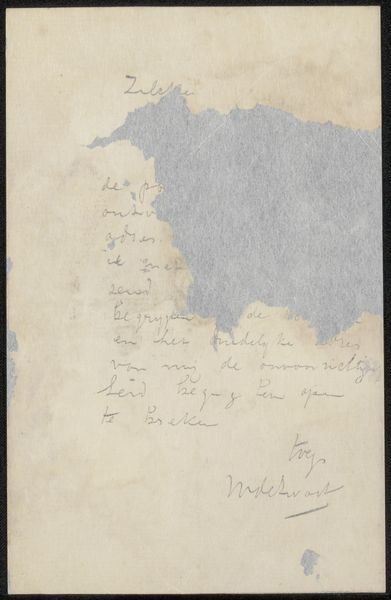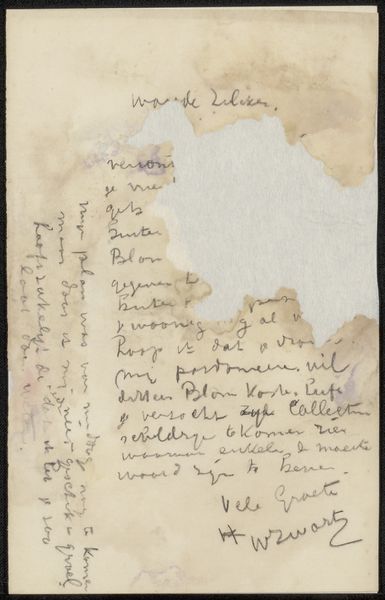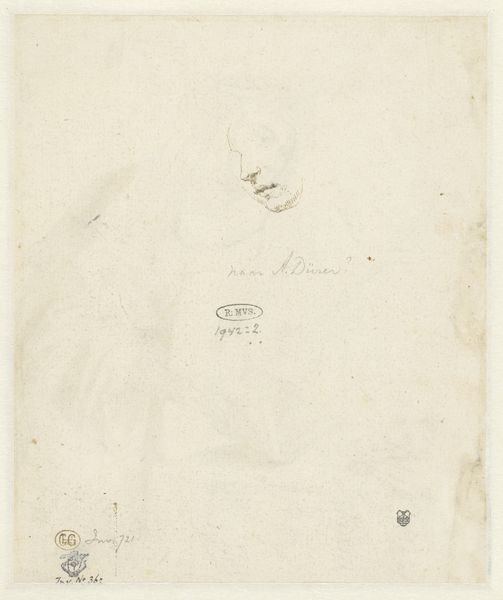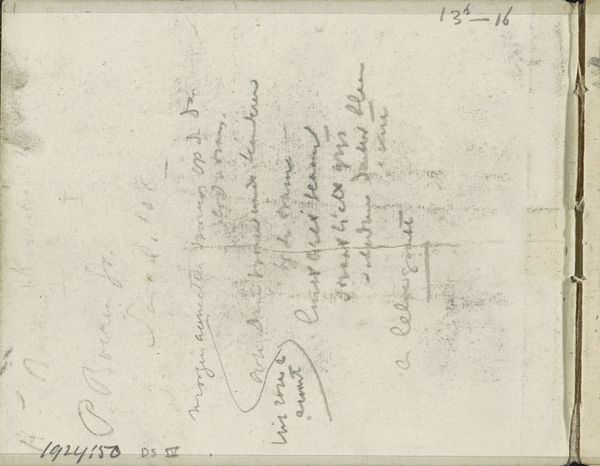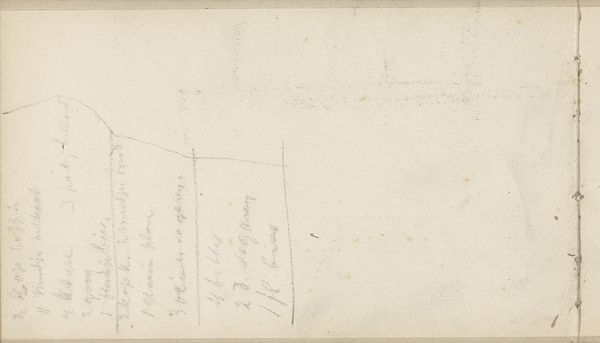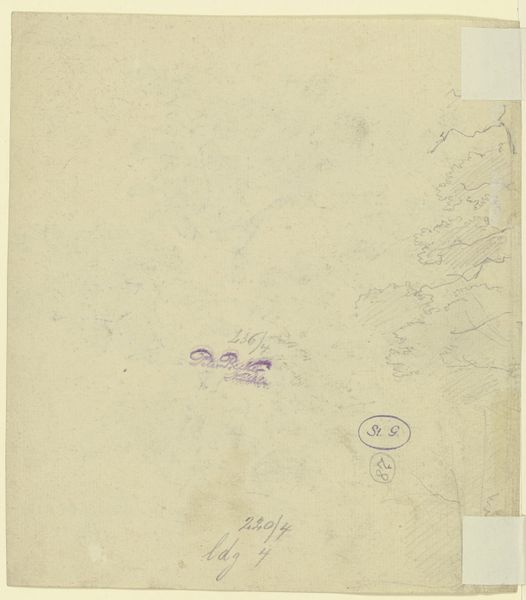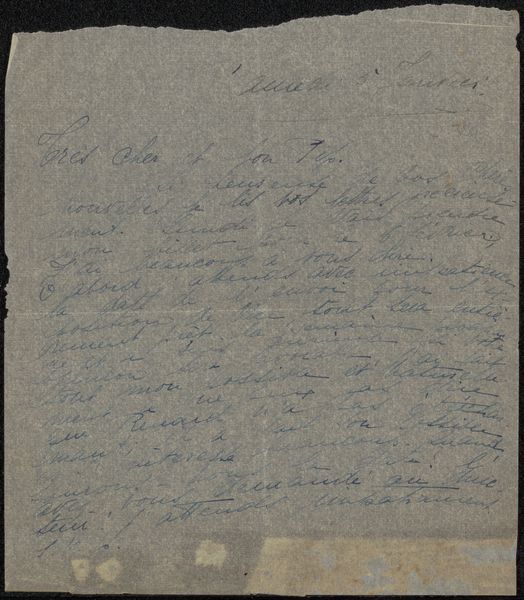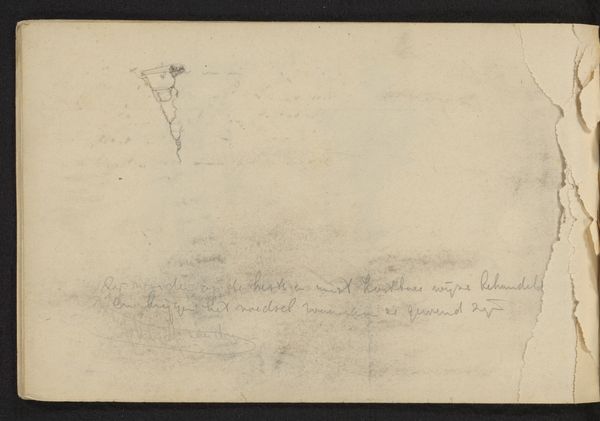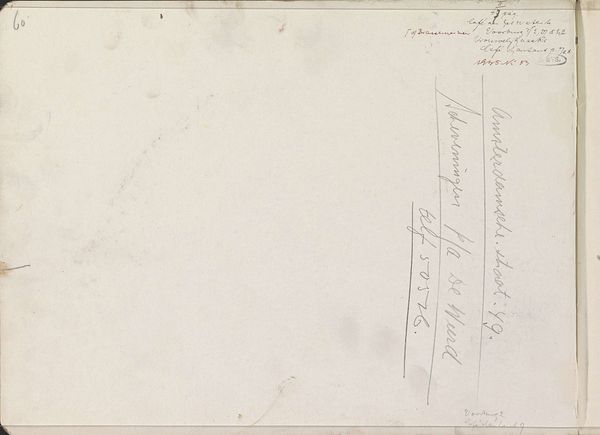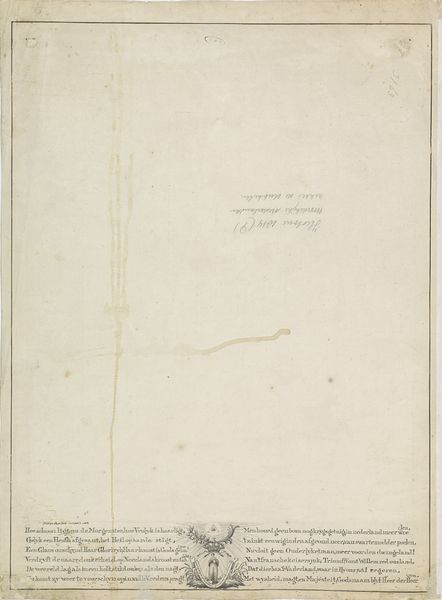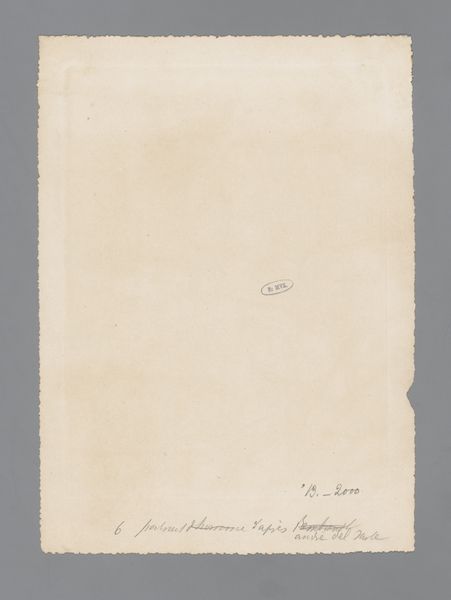
drawing, paper, ink
#
drawing
#
paper
#
ink
#
watercolor
#
calligraphy
Copyright: Rijks Museum: Open Domain
Curator: Here we have Willem de Zwart's "Brief aan Philip Zilcken," dating from between 1872 and 1930. It's ink on paper, with qualities of both drawing and calligraphy. Editor: It looks like it's been through a lot. It's more than aged; it’s imbued with… distress. The paper's stained, the ink's faded – a testament to the ephemeral nature of communication. Curator: Precisely. Letters as artifacts speak volumes, not just with their content, but with their physical presence. Note how the script itself has a hesitant quality, looping and flourishing almost nervously. There are a multitude of stains as well, so it leads me to think that it had seen better days. Editor: And the smudges! Are they intentional, a stylistic choice, or accidental? I suppose it’s also of an indication as to the emotional state of its sender, or perhaps its receiver at the time as well? Curator: Potentially. Look closer – that staining almost forms a cloud around the writing. Symbolically, could it be a cloud of anxiety, partially obscuring clear communication? Think about how much importance was set around sending handwritten messages too. This specific letter style shows us a sense of vulnerability as well, the fragility of a message sent across distance. Editor: Absolutely. In our digital age of instant communication, this letter embodies the opposite. The careful penmanship, the evident fragility, make you wonder about the relationship between Willem and Philip, as you also see through this artifact's various textures. Curator: Well, there you have it, the beauty of the piece in a singular artwork. You end up reflecting on art and it really feels like the artwork then is able to come alive on its own. Editor: And from a simple letter, we’re also left considering the lasting imprints we leave behind and its story, through words and symbols.
Comments
No comments
Be the first to comment and join the conversation on the ultimate creative platform.
